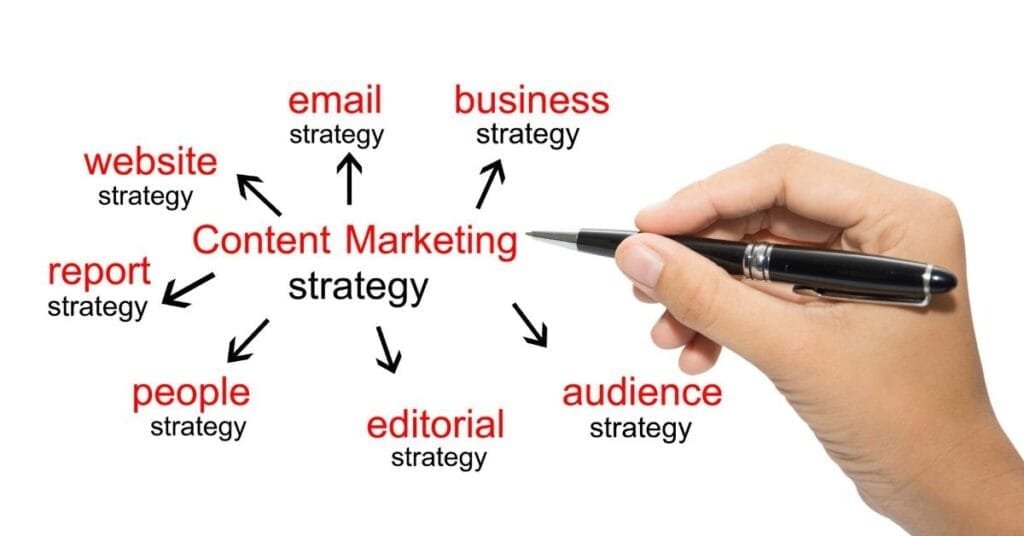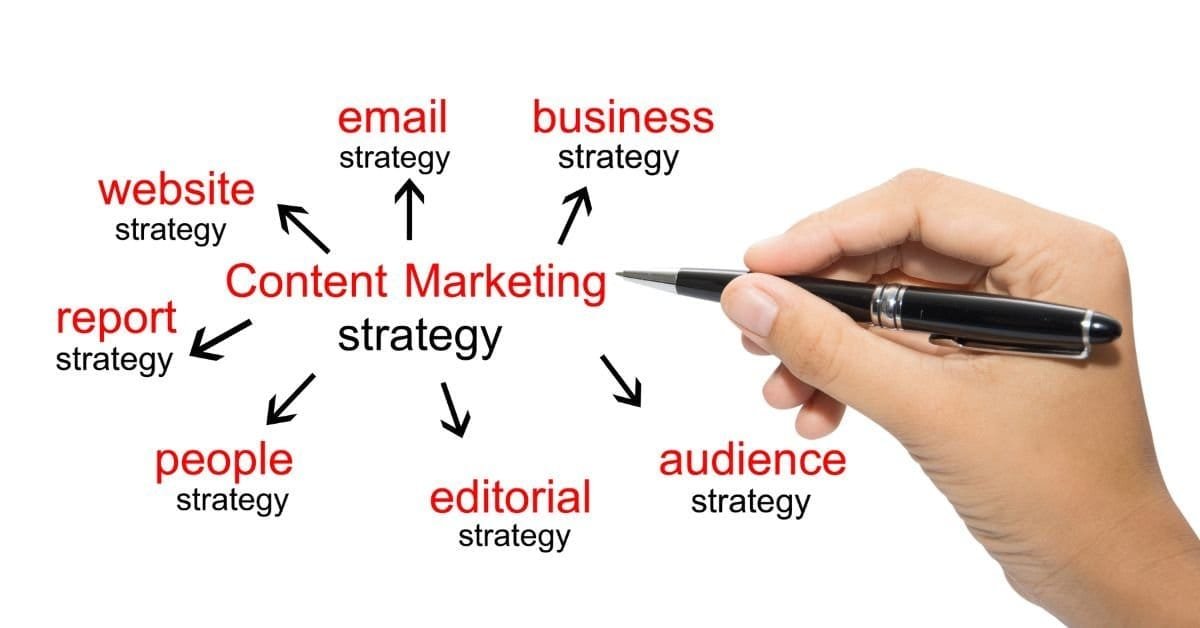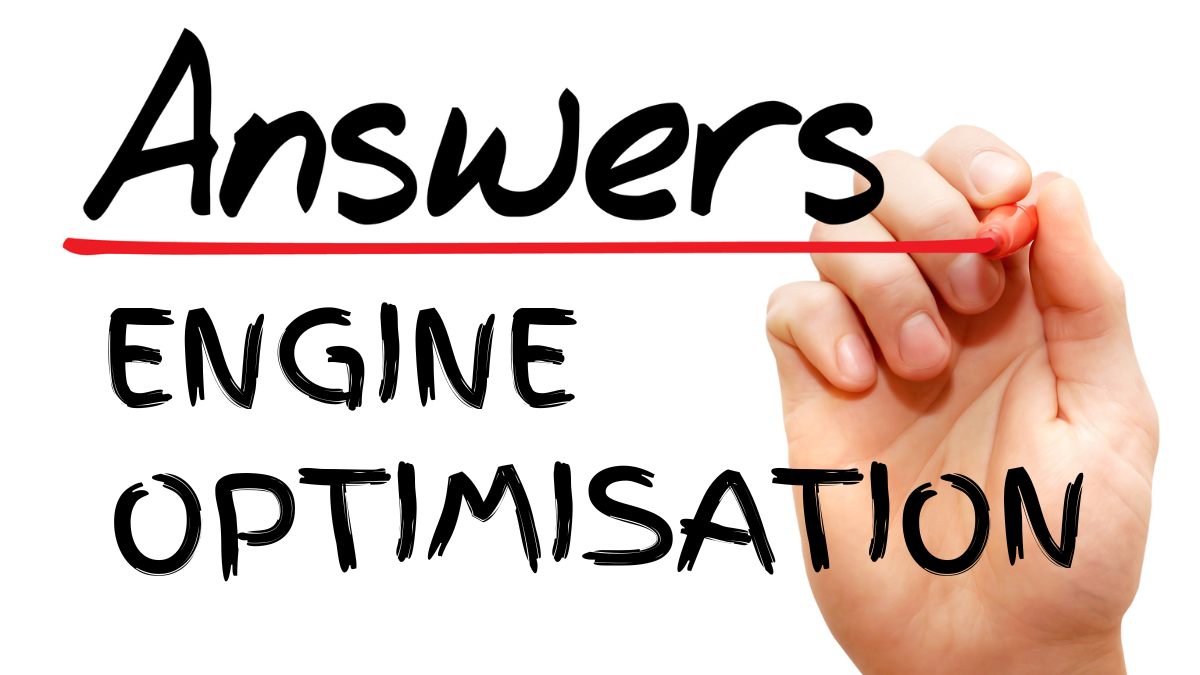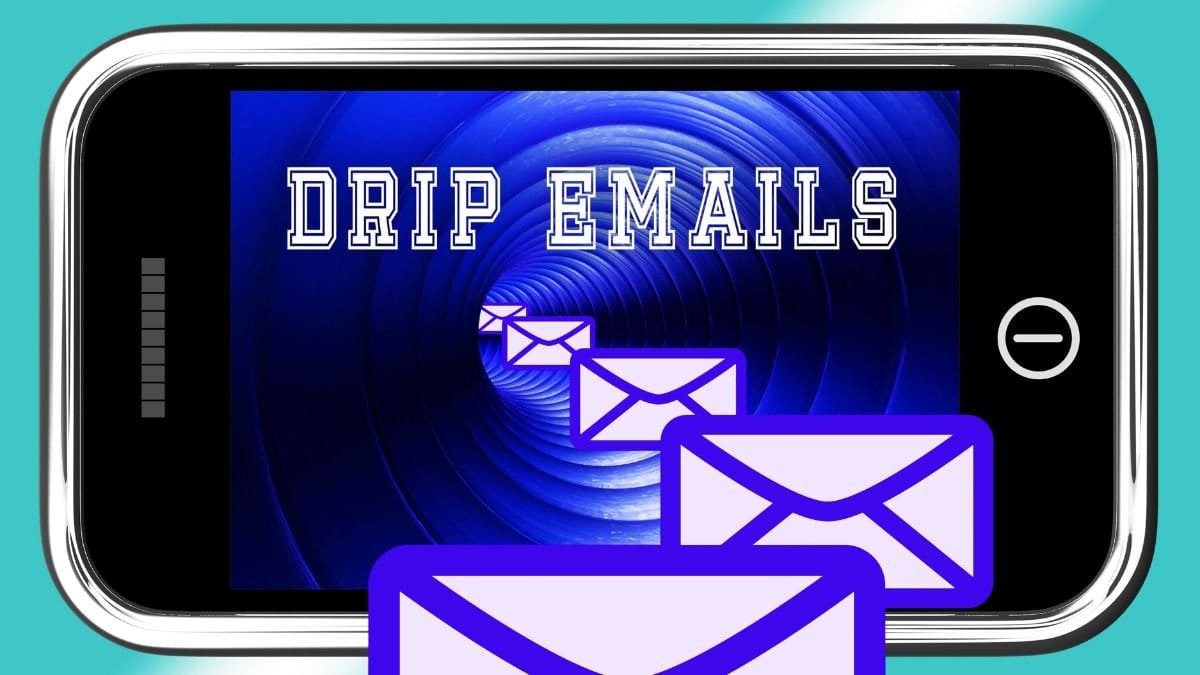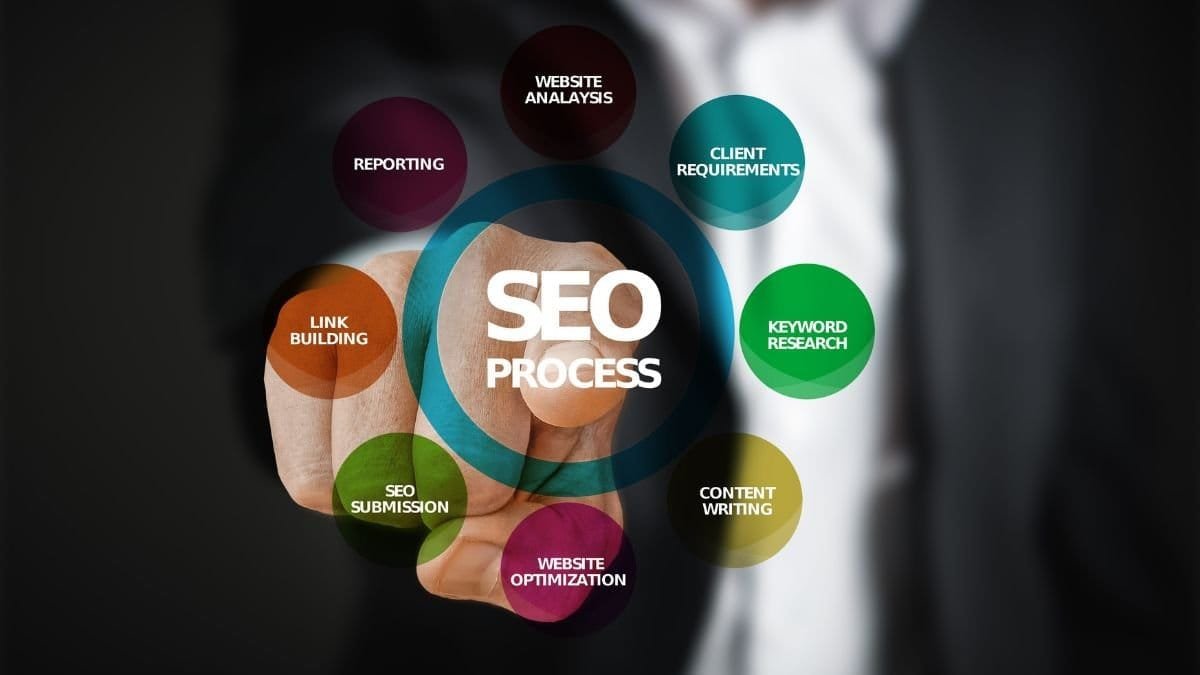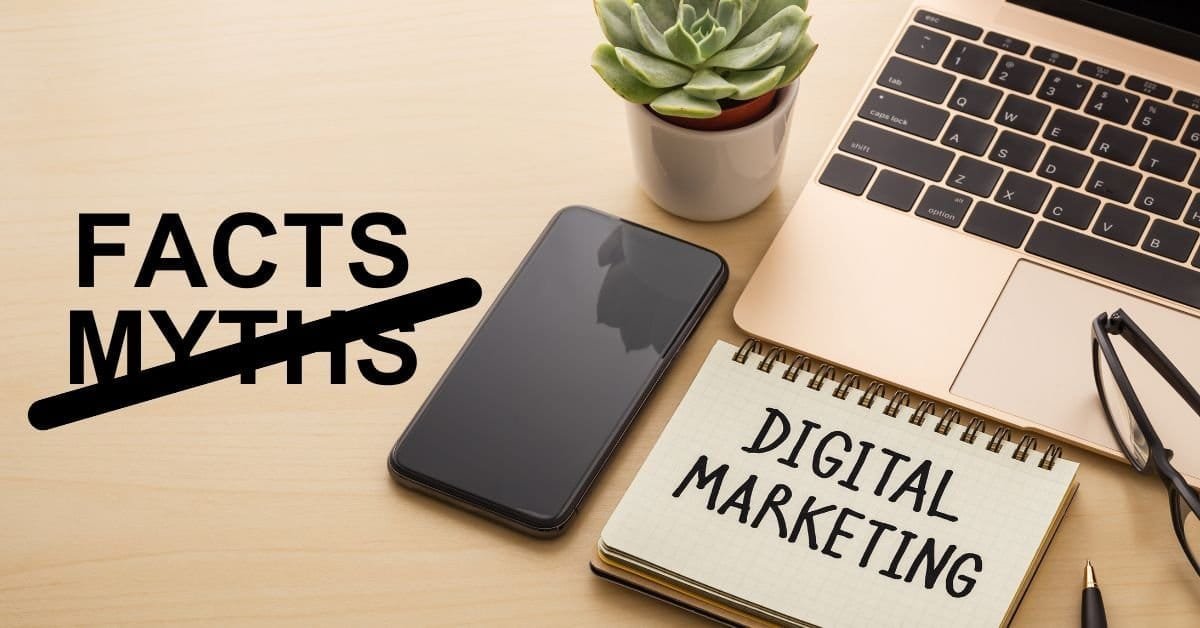As businesses increasingly shift online, competition for customer attention grows fiercer. To stand out in today’s crowded digital space, offering value to your audience is critical. Content marketing is a strategic approach that helps businesses build trust, engage audiences, and drive traffic, leads, and sales. In this guide, we’ll explore the fundamentals of content marketing, why it matters, and how to create an effective strategy to achieve your goals.
What is Content Marketing?
Content marketing is a long-term strategy focused on creating and distributing valuable, relevant, and consistent content to attract and retain a defined audience—and ultimately drive profitable customer actions. Unlike traditional advertising, which pushes products directly, content marketing builds trust and credibility by addressing your audience’s questions, solving their problems, or entertaining them.
Key Features of Content Marketing:
- Value-driven: Offers solutions, insights, or entertainment tailored to audience needs.
- Audience-focused: Targets specific demographics or customer segments.
- Consistent: Requires regular updates to maintain audience engagement and relevance.
- Strategic: Aligns with broader business objectives like brand awareness, lead generation, or sales growth.
By understanding your audience and delivering tailored content across their preferred channels, you can create a strong bond that fosters loyalty and conversions.
Why is Content Marketing Important?
Content marketing is essential for businesses across industries due to its effectiveness in building relationships, driving traffic, and generating sales. Here’s why it matters:
1. Builds Trust and Credibility
Providing valuable content positions your brand as an authority in your niche. This builds trust with your audience, making them more likely to choose your products or services when they’re ready to buy.
2. Drives Organic Traffic
Content optimized for search engines can improve your website’s visibility, attracting organic traffic from search engine users actively looking for solutions.
3. Generates Leads and Conversions
Content marketing addresses specific pain points and interests, attracting high-quality leads. These leads can be nurtured into customers through targeted campaigns.
4. Cost-Effective
While creating content requires time and effort, it delivers long-term results. High-quality content continues to generate traffic and conversions long after publication, offering excellent ROI compared to paid advertising.
5. Strengthens Customer Relationships
By consistently providing value, you can build a loyal audience that repeatedly engages with your brand. This loyalty often translates into repeat business and advocacy.
How to Create a Content Marketing Strategy
Creating a successful content marketing strategy involves detailed planning, execution, and ongoing analysis. Here’s how to get started:
1. Define Your Objectives
Start by identifying what you hope to achieve through content marketing. Examples include:
- Increasing website traffic.
- Generating leads.
- Boosting sales or subscriptions.
- Building brand awareness or authority.
Clear objectives guide your strategy and help measure its success.
2. Identify Your Target Audience
Understanding your audience is critical. Use tools like Google Analytics, social media insights, and customer surveys to determine:
- Demographics: Age, gender, income, location.
- Preferences: Interests and content consumption habits.
- Pain Points: Problems they need solutions for.
Tailor your content to resonate with their needs and desires.
3. Conduct Competitor Research
Analyze what your competitors are doing. Study their content types, platforms, and performance to identify opportunities and gaps where you can stand out.
4. Develop Your Content Plan
Your content plan outlines the types of content you’ll create, topics to cover, and the channels you’ll use for promotion.
Popular Content Types:
- Blog Posts: Ideal for sharing in-depth insights, tips, and industry news.
- Videos: Perfect for tutorials, product demos, or storytelling.
- Infographics: Visual representations of data that are easy to share.
- E-books: Long-form content for detailed information or lead generation.
- Podcasts: Engaging audio content for audiences on the go.
Choose formats that align with your audience’s preferences and your goals.
5. Create High-Quality Content
Focus on producing content that is:
- Informative: Answers audience questions or solves problems.
- Engaging: Encourages interaction through comments, shares, or likes.
- SEO-optimized: Incorporates keywords, meta tags, and internal links to rank well in search results.
6. Promote Your Content
Creating content is only half the battle. Promotion ensures it reaches your target audience. Use these channels:
- Social Media: Share content on platforms like Facebook, Instagram, LinkedIn, and Twitter.
- Email Marketing: Send content directly to your subscribers.
- Paid Ads: Boost visibility through Google Ads or social media promotions.
- Influencer Outreach: Partner with influencers to amplify your reach.
7. Measure and Optimize
Use tools like Google Analytics, SEMrush, or HubSpot to track metrics like:
- Website traffic.
- Engagement (shares, comments, likes).
- Conversion rates.
Analyze this data to refine your content marketing strategy over time.

Advanced Content Marketing Tips
-
Repurpose Content
Maximize ROI by repurposing content into different formats. For example, turn a blog post into an infographic, video, or podcast episode. -
Leverage User-Generated Content (UGC)
Encourage your audience to create and share content related to your brand. This builds trust and fosters community engagement. -
Focus on Evergreen Content
Create content that remains relevant over time, such as how-to guides or industry best practices. -
Experiment with Visual Content
Visual content like images, videos, and animations often performs better than text alone. Invest in creating high-quality visuals to enhance engagement. -
Stay Updated on Trends
Content marketing evolves with technology and consumer behavior. Stay informed about trends like AI-generated content, interactive content, and emerging platforms.
Conclusion
Content marketing is an invaluable strategy for building trust, driving traffic, and generating leads and sales. By consistently delivering high-quality, audience-focused content, you can establish your brand as an authority and create lasting relationships with your audience.
To succeed, remember that content marketing requires:
- Careful planning and execution.
- Regular analysis and refinement.
- Adaptation to industry trends and audience feedback.
By following the steps outlined in this guide, you can create a content marketing strategy that delivers measurable results and helps your business thrive in a competitive digital landscape.
Ready to elevate your content marketing game? Start building your strategy today and unlock the power of impactful content.
